The focus on realism will also grow as readers demand more relatable scenarios.
Here are some confirmed updates:
- New Releases: Renowned authors like Margaret Atwood and George Orwell’s estate have confirmed new adaptations and sequels to classic dystopian tales.
- Interactive Elements: Publishers are exploring the integration of interactive storytelling, where readers can influence plot outcomes through digital platforms.
- Multimedia Experiences: Collaborations with filmmakers and game developers are in the works, aiming to create immersive experiences that combine literature with visual and auditory elements.
What Users Want
As the landscape of literature evolves, readers have specific desires for the next wave of dystopian novels.
Publishers need to invest in user-friendly platforms to ensure widespread engagement.
Predicted Timeline
As we look ahead, here’s a speculative timeline for what we might expect in the dystopian literature landscape:
- 2024: The first wave of interactive dystopian novels is expected to hit the market, featuring AR and VR experiences that engage readers in unique ways.
- 2025: Authors will begin releasing serialized stories, allowing readers to engage with ongoing narratives and influence plot directions through community feedback.
- 2026: A significant shift toward diverse representation in dystopian literature will become evident, with more authors from varied backgrounds contributing to the genre.
- 2027 and Beyond: The conversation around the impact of dystopian literature on societal issues will grow, with more readers and authors advocating for stories that inspire change and hope.
In conclusion, the future of popular dystopian books is bright with possibilities. They want to connect with relatable protagonists who face moral dilemmas that resonate with real-world issues.
Challenges Ahead
Despite the promising outlook, several challenges may hinder the progression of dystopian novels: popular dystopian novels
- Market Saturation: As the genre gains popularity, there is a risk of oversaturation. This can provide a more comprehensive understanding of the dystopian world and its societal structures.
- Realistic Consequences: Users are looking for stories that address the long-term consequences of the characters’ actions, rather than neatly wrapped-up endings.
Some of the confirmed updates include:
- Reprints and Special Editions: Classic dystopian novels like George Orwell’s “1984” and Aldous Huxley’s “Brave New World” are set to be reissued in beautiful new editions. As adaptations, reprints, and digital innovations unfold, readers can look forward to an enriched experience that honors the past while embracing the possibilities of the future.
Some of the most requested features include:
- Expanded Universes: Many fans are eager to see expanded universes for their favorite dystopian novels. Authors and publishers need to find innovative ways to stand out in a crowded market.
- Technological Limitations: While AR and VR offer potential, the technology is still evolving. Authors must ensure that their narratives resonate without becoming overly didactic.
- Technological Dependence: As the genre embraces new technologies, authors may face challenges in maintaining authenticity.
The Future of Dystopian Series Books: What’s Next?
The world of dystopian literature has long captivated readers with its exploration of societal structures, technology, and human resilience. As we look to the future of this genre, it’s essential to explore what has been promised by authors and publishers, what readers desire, the challenges that lie ahead, and a predicted timeline for the evolution of dystopian narratives.
What’s Been Promised
In recent years, several authors and publishers have made exciting announcements regarding upcoming dystopian works. As authors and publishers respond to reader desires and societal changes, we can anticipate innovative storytelling techniques and meaningful narratives that reflect our world and its possibilities. As we navigate the complexities of modern society, dystopian fiction will undoubtedly continue to reflect our fears, hopes, and aspirations.
- Reprints and Special Editions: Classic dystopian novels like George Orwell’s “1984” and Aldous Huxley’s “Brave New World” are set to be reissued in beautiful new editions. As adaptations, reprints, and digital innovations unfold, readers can look forward to an enriched experience that honors the past while embracing the possibilities of the future.
